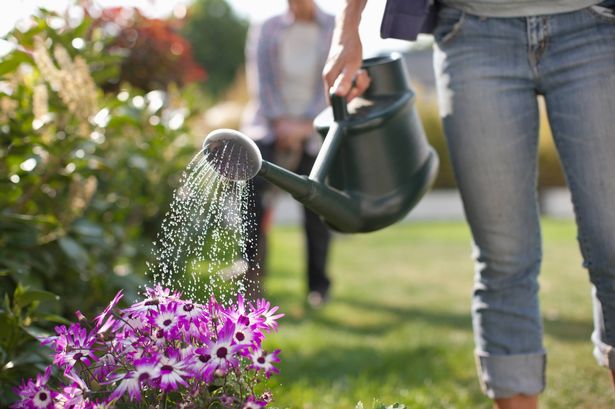Gardeners are being urged to keep an eye on their flowers during the heatwave – with some particular favourites more susceptible to heat than others. A florist has shared a new watering method These tips will help keep your garden healthy(Image: Paul Bradbury via Getty Images)
These tips will help keep your garden healthy(Image: Paul Bradbury via Getty Images)
As the sun belts down on Britain, garden enthusiasts are being advised to pay close attention to their blooms.
Renowned florist David Denyer from Eflorist highlights the need for extra vigilance during the summer season.
He highlighted that in soaring temperatures, plants with big gentle flowers or superficial roots can be at risk.
Classic UK garden selections, such as hydrangeas and peonies, may suffer wilting or burn, while both begonias and roses have a low tolerance for extreme heat.
Particularly vulnerable are newly bedded plants that haven’t yet firmly established their root systems, reports the Express.
For those anxious about the impact of the sweltering heat on their gardens, David has offered his foremost guidance on keeping flora thriving. His advice begins by recommending watering at optimum times.
 Roses can suffer in high temperatures(Image: Joern Siegroth via Getty Images)
Roses can suffer in high temperatures(Image: Joern Siegroth via Getty Images)
His recommendation: “Water before 9 am or after 7 pm.
“Midday sun evaporates water quickly and can even scorch foliage. Morning watering is ideal. It gives the soil time to absorb the moisture before heat sets in.”
Further to this, David stresses the importance of ensuring effective watering techniques.
He advises, “Surface watering doesn’t cut it. Focus on slow, deep watering at the base of plants. For containers, make sure water reaches the roots by soaking the soil thoroughly.”
If your plants are wilting in the heat, consider giving them some shelter.
Gardening expert David advised: “Move potted plants to shaded patios, under trees, or behind taller plants. Use garden fleece, parasols, or even an old sheet to shield delicate flowers for the day.”
David also suggested clustering potted plants to minimise water loss.
“This reduces the rate of evaporation and creates a mini microclimate to keep soil cooler and moister for longer.”

